The Peptide Receptor Radionuclide Therapy Market PRRT Market is characterized by rapid advancements and increasing competition among key players.
The growing prevalence of neuroendocrine tumors has significantly bolstered the demand for PRRT, a targeted therapy that uses radiolabeled peptides to deliver radiation directly to cancer cells.
As a result, pharmaceutical companies are intensifying their efforts in research and development to introduce innovative therapies that not only improve patient outcomes but also enhance market positioning.
Strategic partnerships, mergers, and acquisitions are prevalent as firms seek to strengthen their product portfolios and expand their geographical reach.
The regulatory landscape is evolving, presenting both opportunities and challenges that can influence market dynamics, making competitive intelligence critical for stakeholders aiming to navigate this complex environment.
Advanced Accelerator Applications is a prominent entity within the Peptide Receptor Radionuclide Therapy Market PRRT Market, focusing on the development and commercialization of radiolabeled compounds.
The company's proprietary technology is at the forefront of PRRT, offering effective treatments that cater to patients suffering from neuroendocrine tumors.
Advanced Accelerator Applications has established a significant market presence built on its commitment to innovation, showcasing extensive expertise in the regulatory approval process and clinical trial management.
The strength of the company lies in its robust pipeline of products, which reflects a strategic focus on utilizing cutting-edge technology to create targeted therapies with fewer side effects.
The company's dedication to collaboration with healthcare providers ensures a comprehensive understanding of patient needs, further enhancing its competitive edge in the rapidly evolving landscape of PRRT.
Pfizer has also made notable strides in the Peptide Receptor Radionuclide Therapy Market PRRT Market with its established reputation in pharmaceuticals and biotechnology.
The company is leveraging its extensive research capabilities to explore new avenues in cancer treatment through radionuclide therapies.
Pfizer's strength lies in its robust infrastructure and capabilities in drug development, enabling the company to efficiently bring innovative therapies to market.
Their commitment to patient-centric solutions aligns with the ongoing trend in oncology, focused on improving treatment outcomes and enhancing quality of life.
Pfizer's strong global presence equips it to engage in strategic partnerships and collaborations, allowing the company to expand its reach and impact in the PRRT market.
This positioning, combined with its experience in navigating regulatory challenges, reinforces Pfizer’s standing as a key player in the competitive landscape of peptide receptor radionuclide therapy.


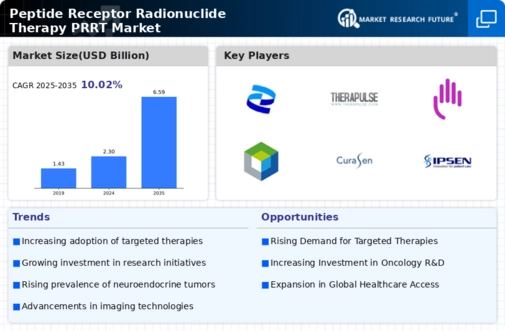
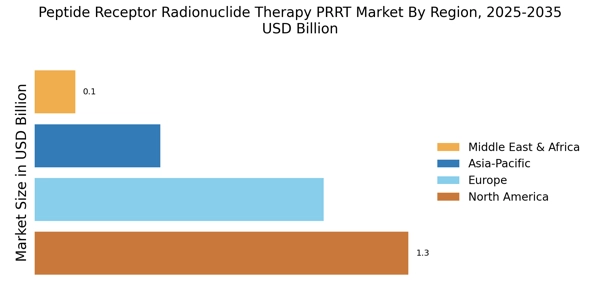
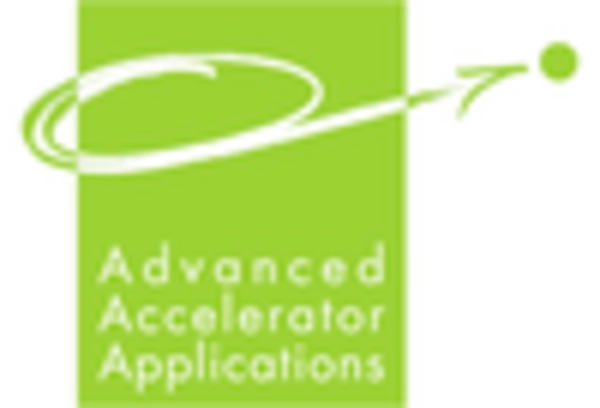

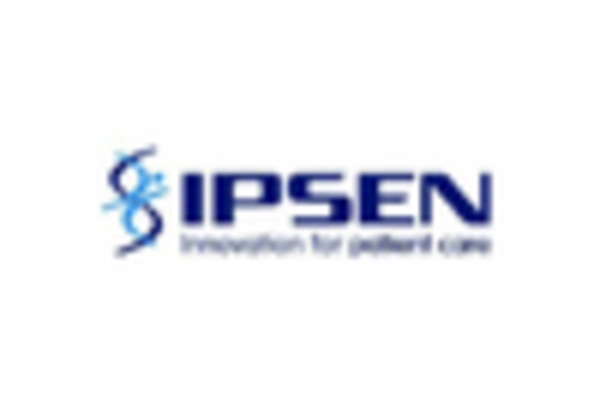
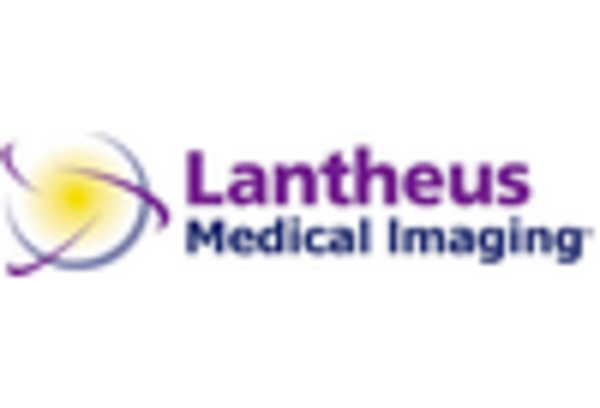










Leave a Comment